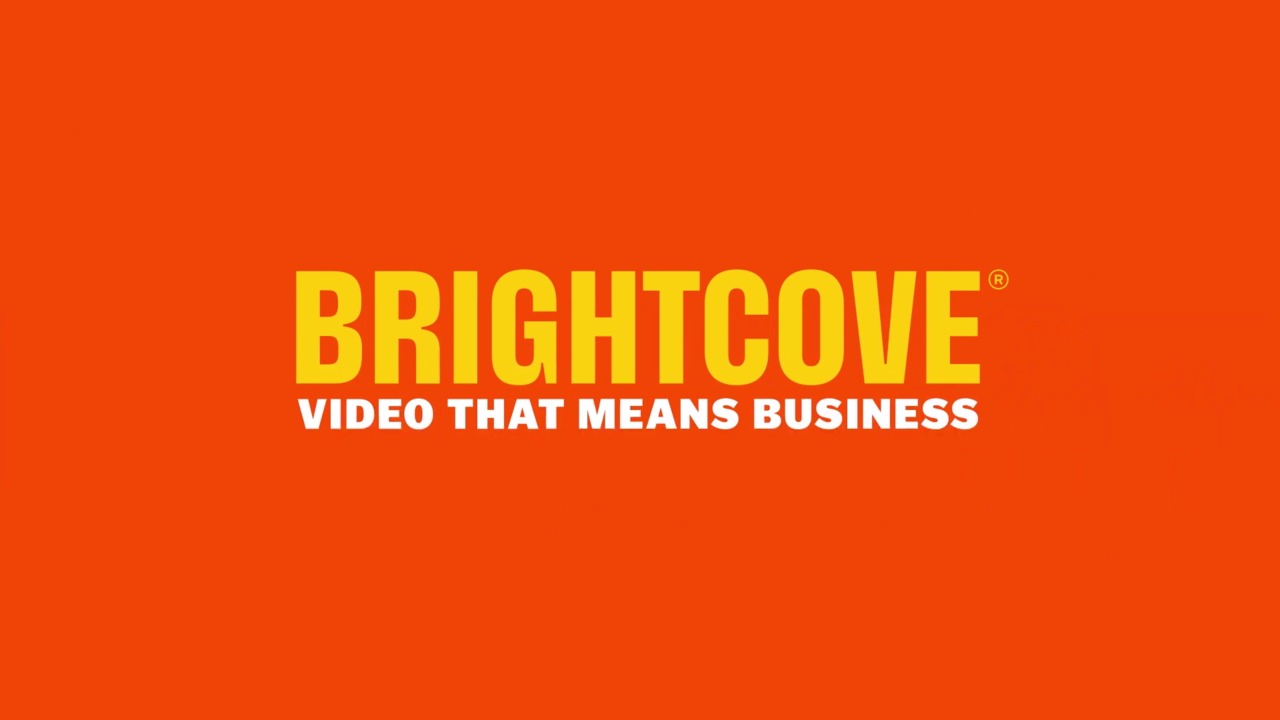A few days ago I was sitting in a meeting between a Brightcove strategic broadcaster account and an Apple HTML5 expert to discuss bringing their content to the iPad via the mobile web (read: HTML5 Video). During this chat no stone was left unturned when trying to get content onto the iDevice platform. At the end of the meeting I came away with an image of the difficulty for HTML5 video's acceptance is akin to an early Southpark episode where Cartman has his birthday party and the guests are given invitations with prescriptive gift giving instructions. Kyle, Stan and Kenny are all told to bring Red, Green and Yellow Megaman so Cartman can create the Ultra Megaman. In reward they'll get access to Cartman Mom's "cake, pie and ice cream".
platform. At the end of the meeting I came away with an image of the difficulty for HTML5 video's acceptance is akin to an early Southpark episode where Cartman has his birthday party and the guests are given invitations with prescriptive gift giving instructions. Kyle, Stan and Kenny are all told to bring Red, Green and Yellow Megaman so Cartman can create the Ultra Megaman. In reward they'll get access to Cartman Mom's "cake, pie and ice cream".
Very quickly the boys are faced with the dilemma of principle over guaranteed reward. An excerpt of the script spells it out nicely [note I cleaned up the language a little!]:
| Cartman: | Look, it's very simple guys. Green Mega Man goes with Red Mega Man and Yellow Mega Man to make the Ultra Mega Mega Man. You have to have all three or it doesn't work, see? |
|---|---|
| Stan: | Stuff that. Cartman. I'll get you whatever the heck I want. [crumples up the invitation and throws it away] |
| Cartman: | Oooh. So maybe you don't want to have any of my mom's cake, pie, and ice cream, then. |
| Stan: | Oh great, Green Mega Man it is. [food wins out over principle] |
Here I equate the principle of getting to choose, as the guest, what to give the birthday boy as a present to the ability to build on HTML5 with all its promises of ubiquity, standards, consistency and choice. Assigning the Cartman side (perhaps unfairly) I see the AppStore Model - where it's their party and if you want access to the "cake, pie and ice cream" you need to get an invite and that invite will most likely be very prescriptive!
In this face of control and effective business greed the principle very often gets rolled over by the guaranteed reward. And that poses a great barrier to the growth and acceptance of HTML5.
Today there are some key limitations of HTML5:
- Lack of maturity in both technology and adoption: different rates of adoption and interpretation by the browsers.
- Lack of ecosystem acceptance: limited ability to monetise and report on via the framework.
- Lack of meaningful content protection: probably the biggest shortcoming for HTML5 at this stage.
For sure these challenges are surmountable and indeed providers like Brightcove are targeting this exactly - but software vendors can only go so far before they have to bow to what the device manufacturers implement in their product range.
And that's where the road lengthens and starts to twist and turn like some World Rally Car race course.
A very careful and calculated game is being played by device makers such that they will not want to cannibalize their secured revenue streams whilst showing they are open and respectful of the greater good. Will Apple prioritise HTML5 development and support over iApp support? Will the carrot be dangled in front of developers (who need eat) to build HTML5 experiences over native AppStore models?
I'll leave those questions unanswered as I'm sure you can draw your own conclusions that are most likely inline with mine.
I will say that this is by no-means an obituary for HTML5 Video. It will come, if only to bring to replace one Flash-alternative for another Flash-alternative, its just has a ways to go and the road will indeed be long and bumpy.
As long as the App Stores can build their UltraMegamen then the developers of their desired components will be rewarded with "cake, pie and ice cream". For the others? They'll have to work hard to push the device manufactures to keep the pedal on supporting and growing HTML5 as a viable alternative for the mobile web consumption on their devices.
Brightcove has certainly worked hard to get that momentum going and today you can experience Brightcove video on any device (be it the iFamily, the Androids or others) that supports even the most preliminary of HTML5 video specification. That will only get better.
But it's about all parts of the value chain lobbying and working with the device manufacturers to make sure that their HTML5 Video support goes past the lip service and political polish that exists today.
-- Cameron Church
@cameronchurch

